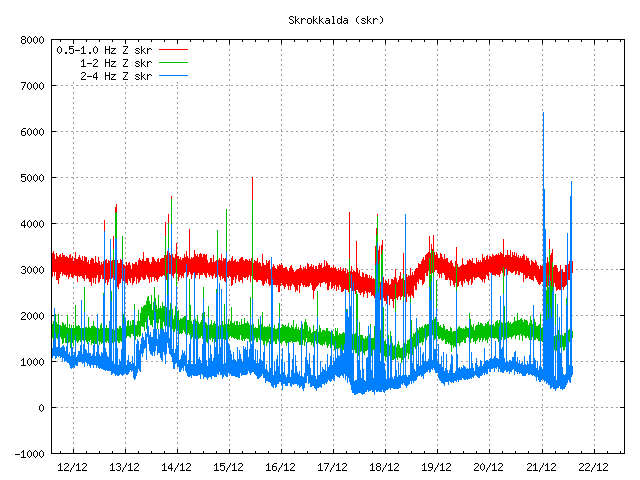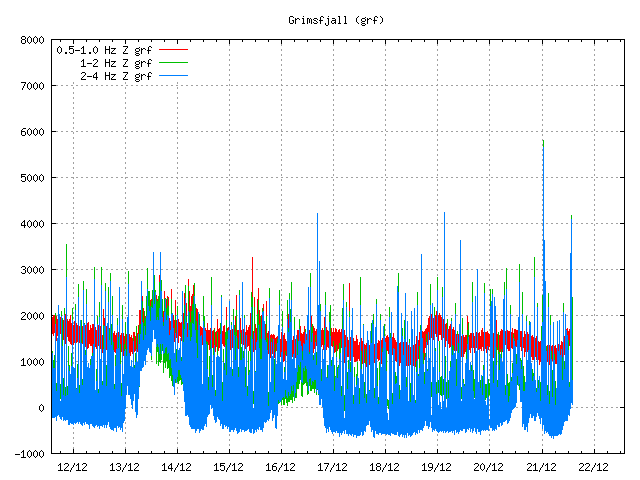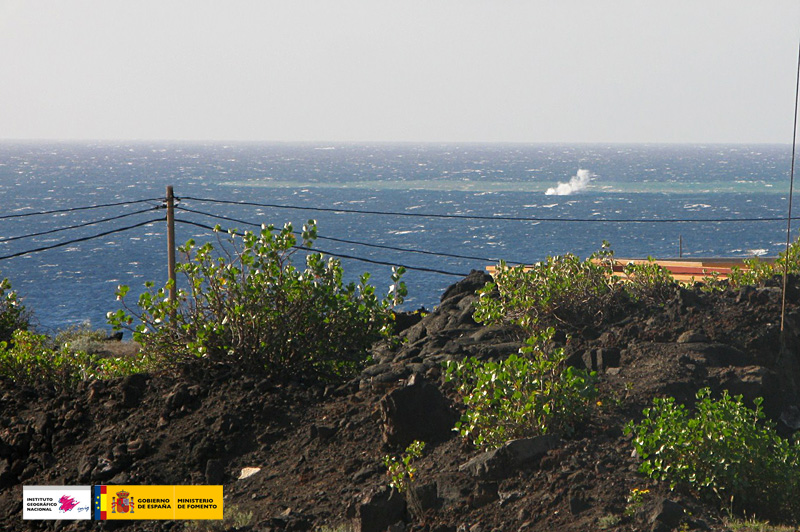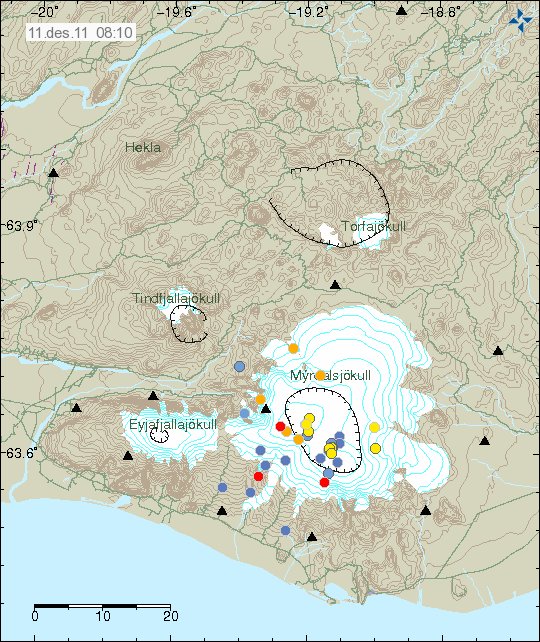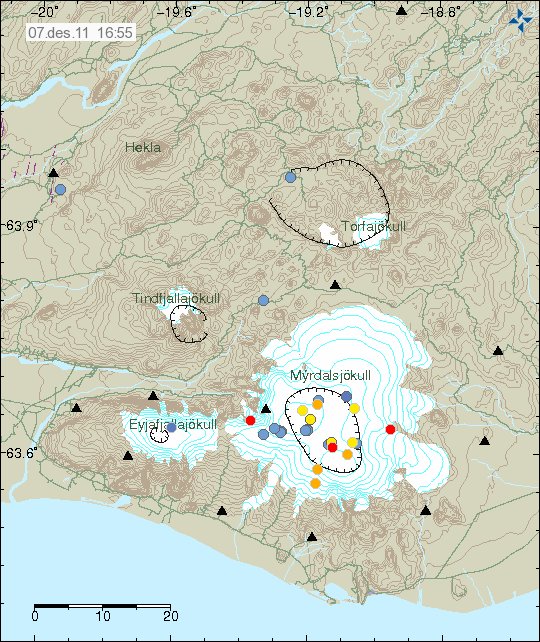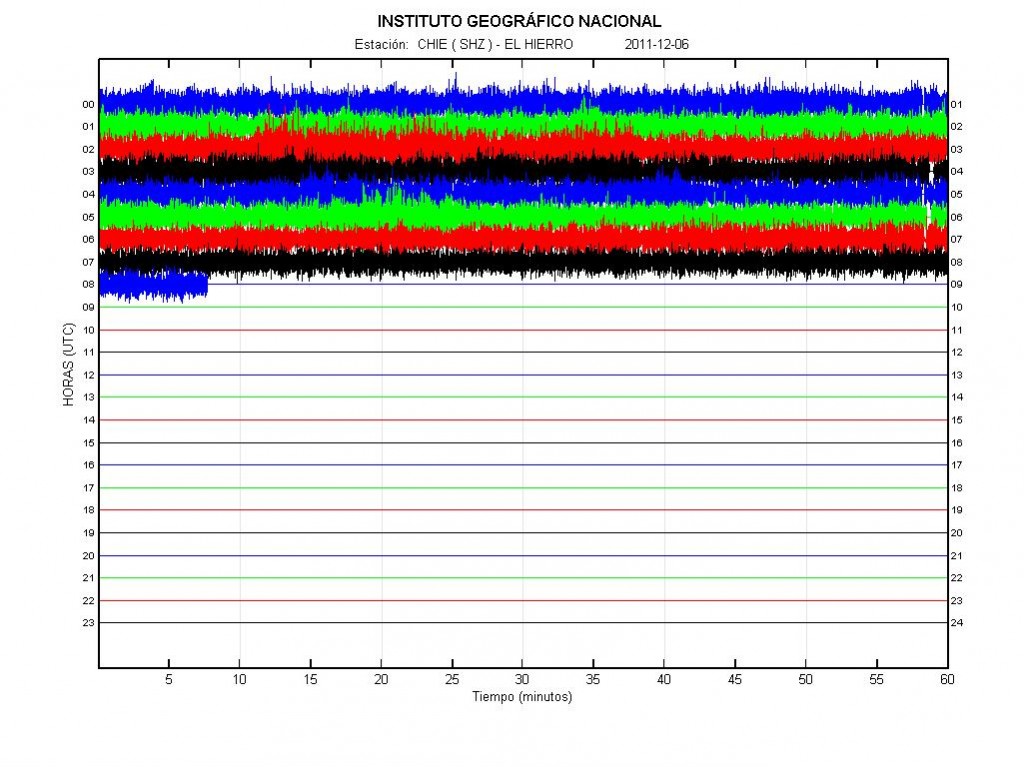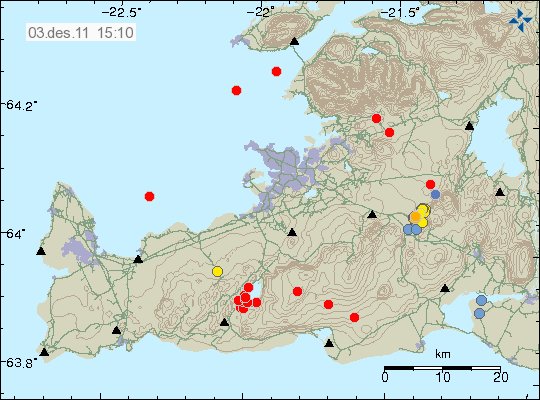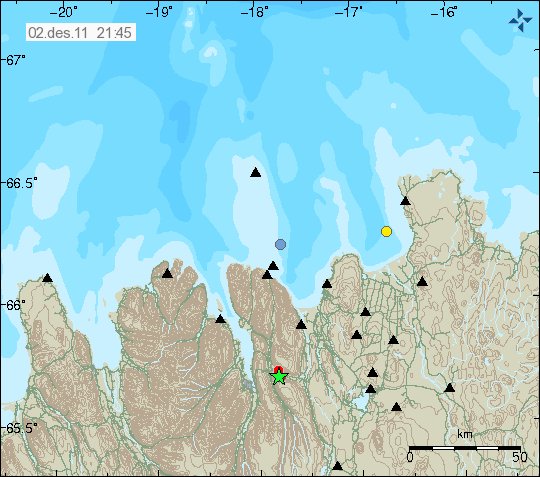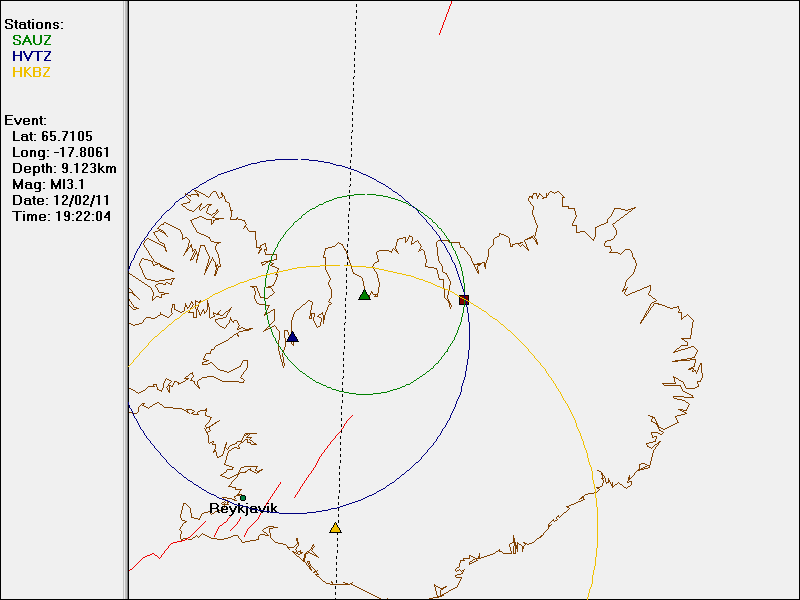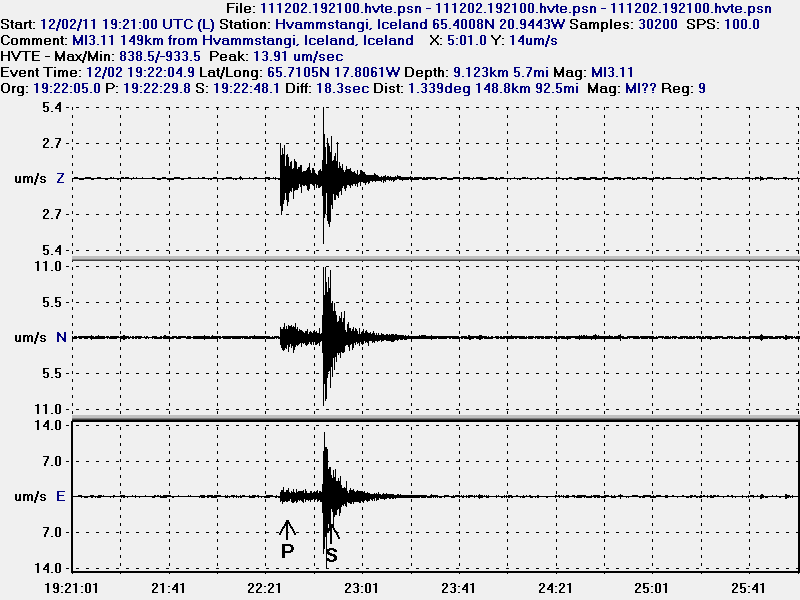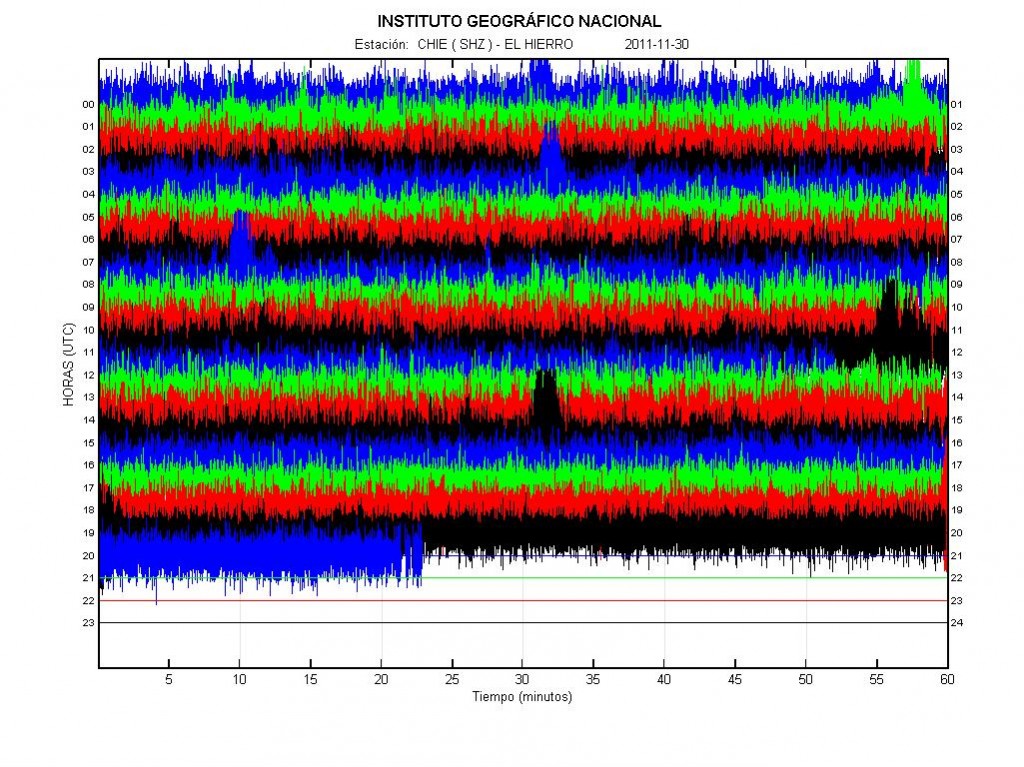Yesterday and today there has been some earthquake activity in Katla volcano. While this earthquake activity is less then what have been taking place during the past few months this activity is bit higher then it used to be during the winter times. The largest earthquakes so far have had the magnitude around ML2.0 (from what I can tell). Currently this earthquake activity is limited to three areas inside Katla volcano caldera according to report from Iceland Meteorological Office.
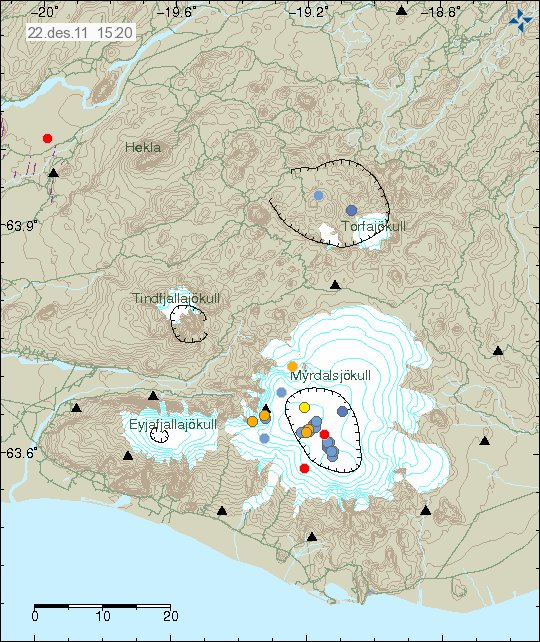
Earthquakes in Katla volcano during the past 48 hours. The ares with most earthquake activity can clearly be seen inside Katla volcano caldera. Copyright of this picture belongs to Iceland Meteorological Office.
This earthquake activity is more then compared to the winters few years back. Here is an comparison from the years 2009 and 2010 in Week 50 (current Week).
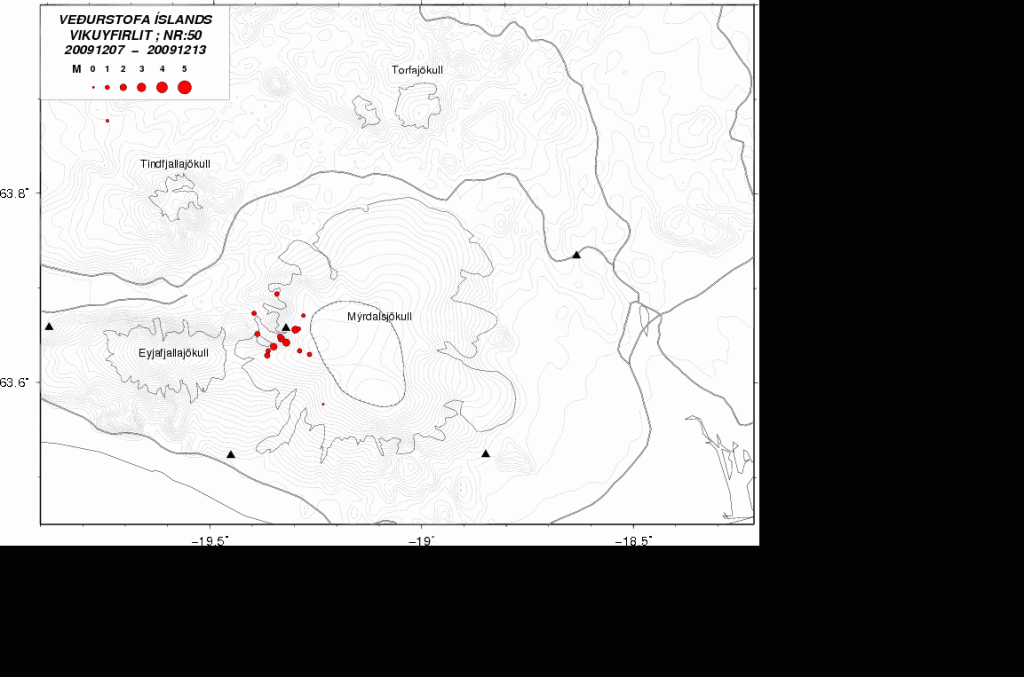
Earthquake activity in Katla volcano during Week 50 in the year 2009. Copyright of this picture belongs to Iceland Meteorological Office.
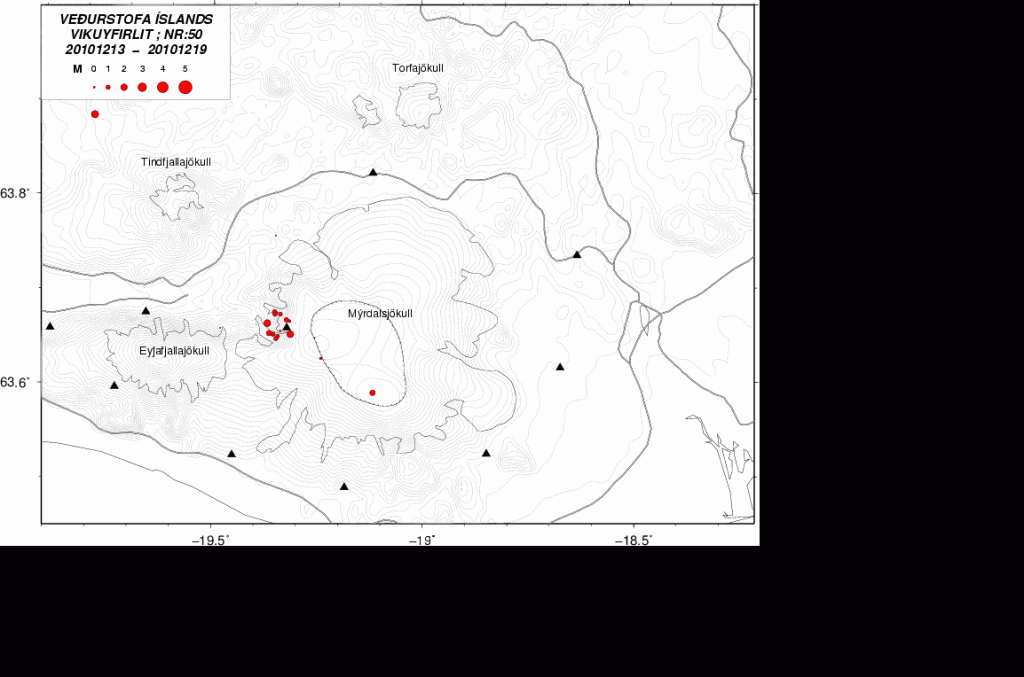
Earthquake activity in Katla volcano during Week 50 in the year 2010. Copyright of this picture belongs to Iceland Meteorological Office.
As can be seen with this comparison, the earthquake activity now in Katla volcano is considerable higher then in what is called an normal year in terms of activity in Katla volcano. What this means is unclear. But this suggests an eruption is not far away in Katla volcano. But when and how big is impossible to know at current time. Many of the earthquake swarms in Katla volcano are due to dike intrusions taking place in the Katla volcano caldera. But not all of them get to the surface to start an eruption. However such activity can and has increased hydro-thermal activity inside Katla volcano caldera. As has been evident during the past few months in Katla volcano caldera.


